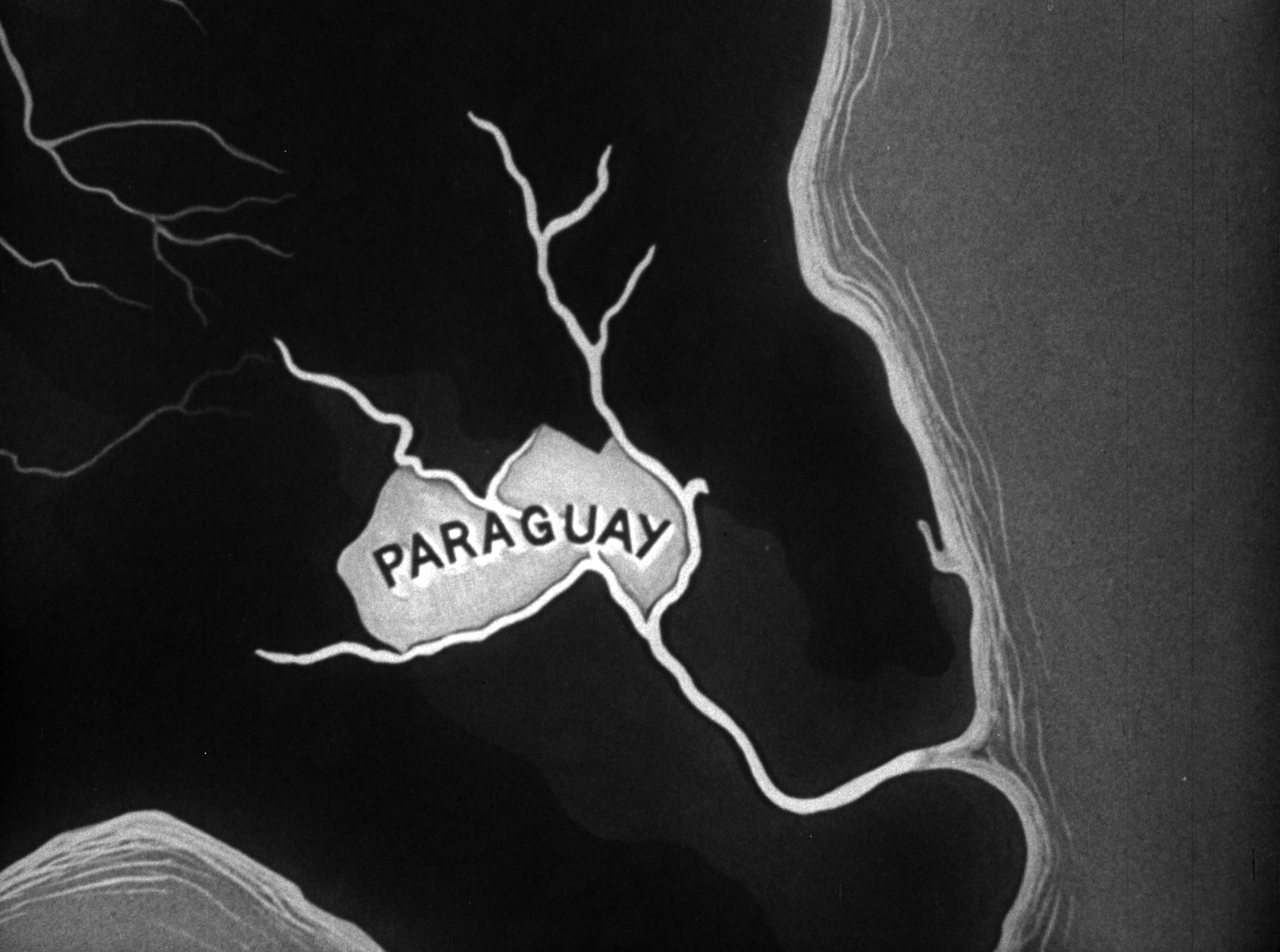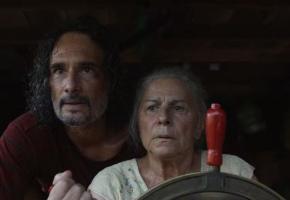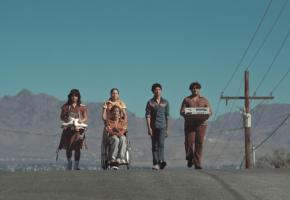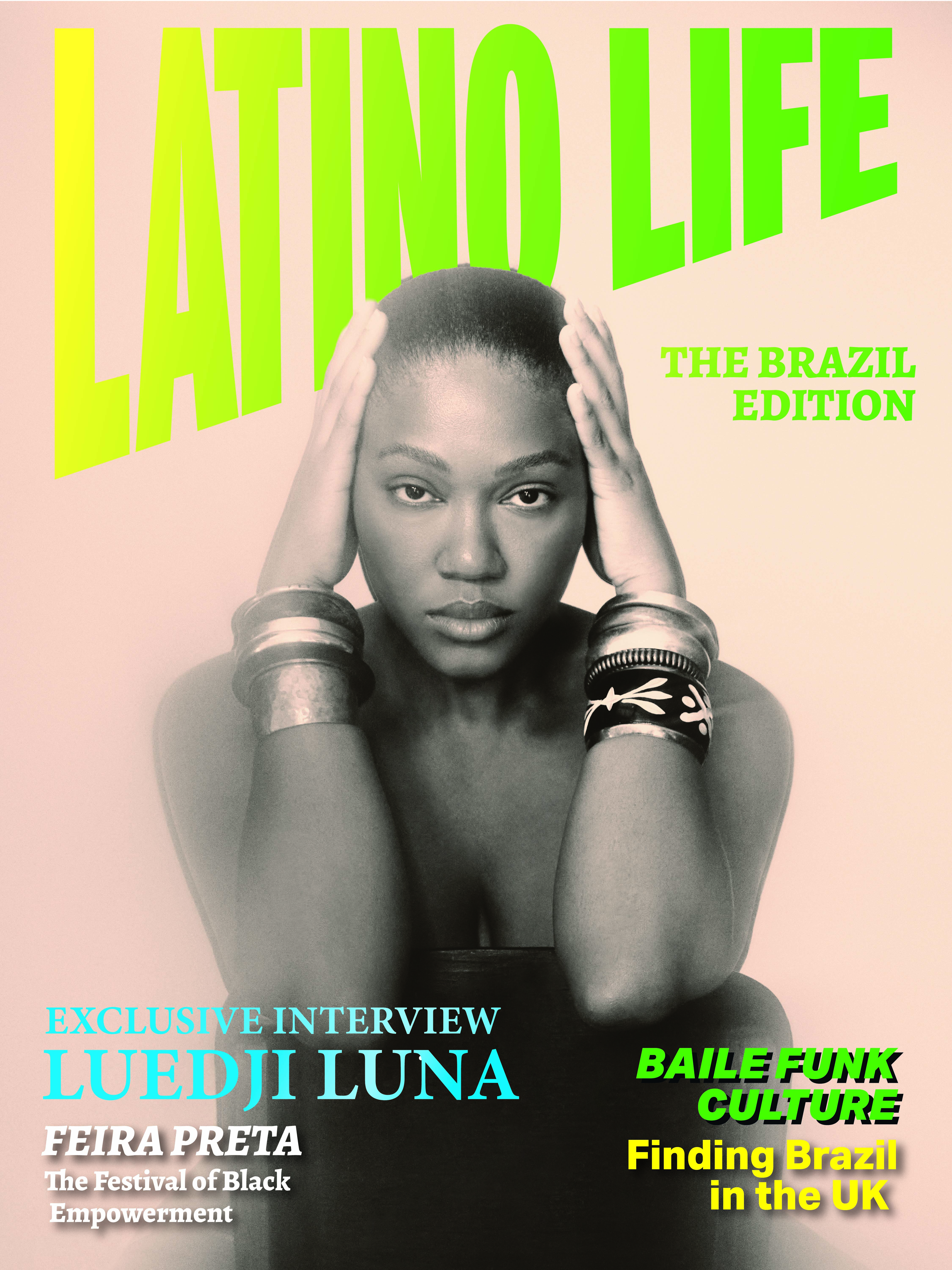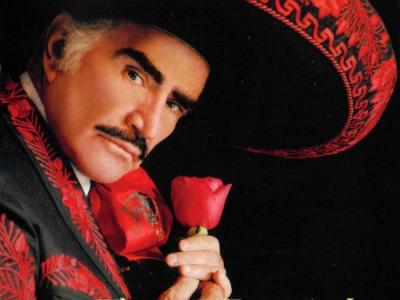This is your first full length film, you've made lots of shorts and for TV. Why did you want to make this film?
At the beginning it was only to know more about my country, to know more about the history of cinema in Paraguay, it was not related to the dictatorship process.
I started searching for the first film and the first photograph made in Paraguay. I started in Paraguay and then I was reaching Argentina and Brazil and the UK and France.
I found more than 100 hours of different kinds of documentaries, interviews, newsreel, and some fiction, everything made in Paraguay. Not by Paraguayans, but by foreigners, Argentinians or French. Brazil made a lot of fiction films in Paraguay in that period.
We are in the middle between the biggest countries in Latin America. So, it's natural to think that these countries have more archives or footage from Paraguay. Most of this footage was related to the dictatorship. All this silence, because in Paraguay they produced a lot of stuff during the period, but it has been lost.
Working with this kind of archive from other countries, was a way to talk about what we had lost.
Was it destroyed?
No, it was negligence, nobody cared. It was not an order from the government to destroy it, the TV station at that period had no archives, they just threw it in the garbage.
We don't have anything, because there's no culture of taking care of the past. Now we have a National Archive, for papers, documents, but not for cinema.
Who did you make the film for, and what did you hope to achieve?
I learned so many things doing this film, in school they don't teach us about this period. So, I took history courses to understand how Stroessner came to power, and about the Colorado Party.
I inherited this silence, and I wanted to understand it personally, and to show Paraguayans what that period was like.
Thousands of people have seen the film in Paraguay, and it started a conversation, between generations within families.
I'm happy and surprised. For me it was an experimental film, but young people in Paraguay really love it, and they understand the narrative that I propose in this film. The film was only born after it was released. And having these generations discussing it, is a really nice thing to do. My film is part of the new generation’s voice too. I want new directors or new producers to make other films like this. Because there are so many histories behind each scene.
And it’s educational, because they don't teach about the dictatorship or our colonial history in schools.
Is there sufficient interest among historians or academics to pursue this in Paraguay?
The historians in Paraguay, are stuck in this Great War, between Argentina, Brazil, Uruguay against Paraguay in the 1860s, which was supported by the UK.
Paraguay was the first country that built their own railway lines, which was not good for the UK, so they decided to make this war. And most of our history is related to that.
We study all the time about that period because it traumatised an entire generation. But people don't want to talk about the dictatorship, even in universities.
My mother was born in 1954, the day that Stroessner came to power. Children were told not to talk about it, because parents were afraid that they would kidnap or torture her.
I grew up in Paraguay but when I was 17, I fled to Argentina to study, and seeing Paraguay from another country helped me to understand. I’d never even seen a picture of Stroessner when I was 18 or 19. Young people need to know this, to not repeat ourselves again and again. It’s hard to think that the same Colorado Party is still in power, people go to vote, and they don't know that this party is related to the dictator.
The Brazilian guy in the audience was very interested in the colour of the Colorado flag, because Bolsonaro says Brazil has a flag with no red in it.
For us red is related to the right wing.
Paraguay is part of the Western hemisphere. But we say in Paraguay we are an island without a sea, surrounded by land. Everything is upside down. The colour, the political point of view, the idea of democracy.
Stroessner called elections every five years, but it was not a democratic process. The colour and the idea of democracy are the same strategy to take power so many times. And they campaigned in Guarani so people in the countryside would understand them.
Stroessner's dictatorship did not come from an army coup, unlike other Latin-American countries. Is that a significant difference?
Paraguay was a civic democracy, there were so many ordinary people who were part of the dictatorship, it infiltrated communities.
It was a mix between the Colorado party and the military power, who really controlled everything. The key to understand the dictatorship in Paraguay was that each citizen had to belong to the Party to have food to eat and get a job in the public sector.
Stroessner and the government didn't only apply fear, they said, if you are with us, you have opportunities. Like the mafia.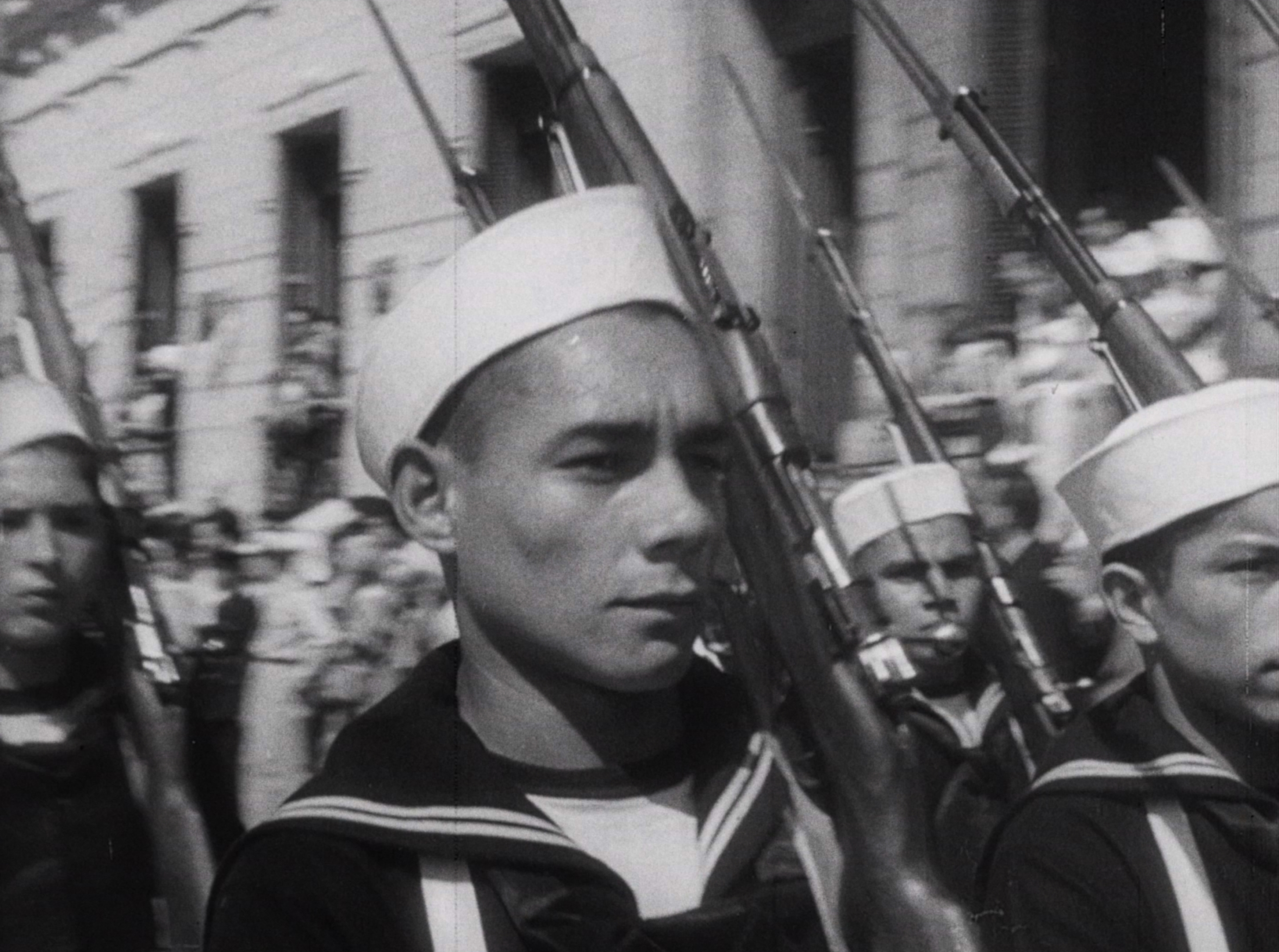
The CIA actually had an office in Asuncion. And Paraguay was a base for the whole Operation Condor. Why Paraguay?
Because, if you have a leader like Stroessner who controls an entire country, it's easier to put money there than in Argentina at that time. Stroessner took over in 1954 before the other dictatorships, so they started there and then they spread to Brazil, Argentina and Chile.
Paraguay is in the centre; it’s like the heart of Latin America.
The United States government supported it with a lot of money. That's why Stroessner remained so many years in power because they had full support at that period. From the beginning, you know, when Stroessner came to power in ‘54, then in ‘69, Rockefeller arrived in Paraguay.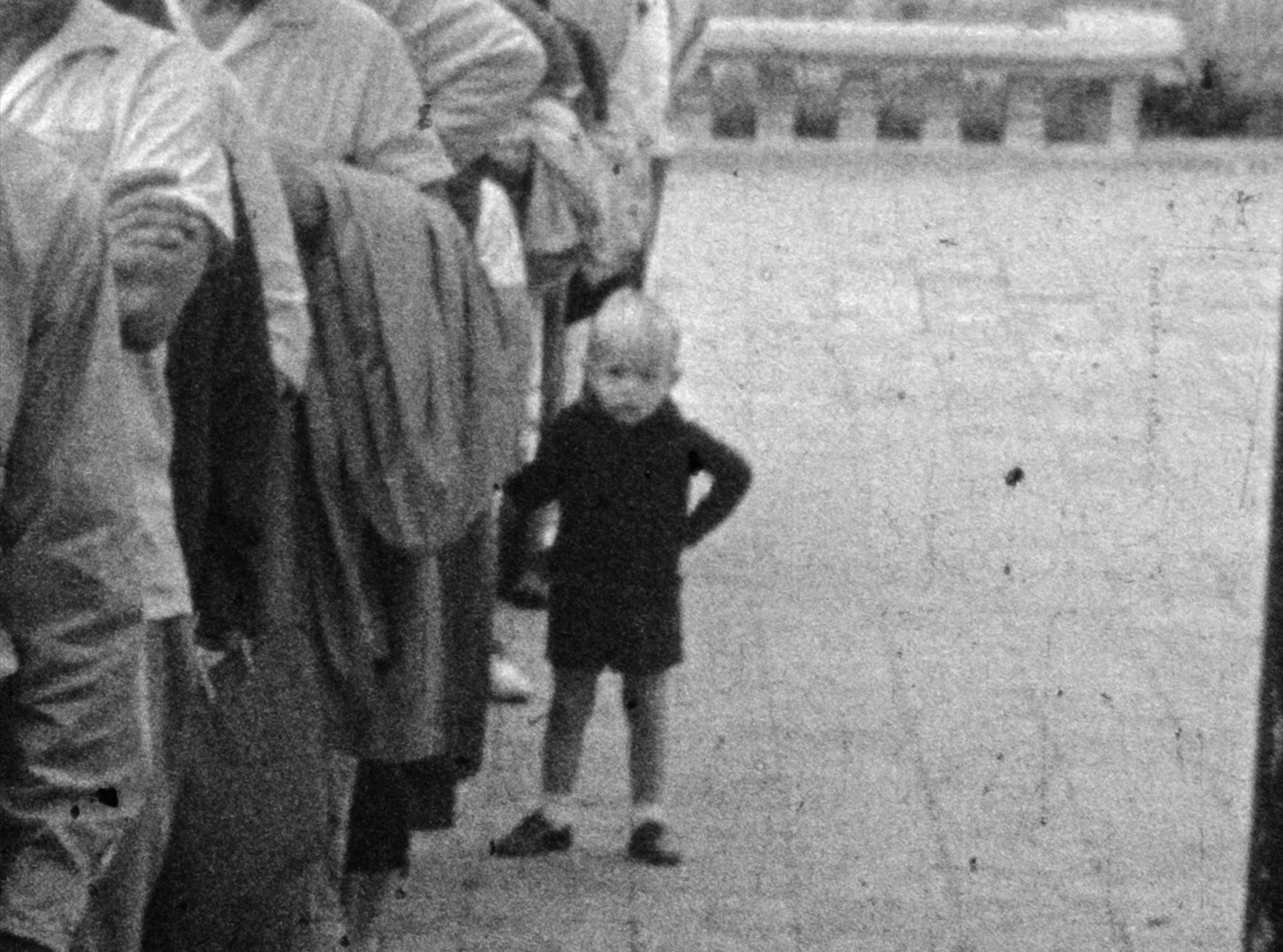
There was a massive student protest against Rockefeller and many disappeared after that event. Even now Paraguay is allied to the United States.
Argentina, Paraguay, and the United States are the only countries that support Israel now. Why does Paraguay support Israel? They have no political influence around the world, but they need to have an alliance with the United States. We are completely tied to the United States in every sense, political, economic, cultural.
Stroessner came to an end in ‘89, when many Soviet states started declaring independence.
The dictatorship in Paraguay ended with the Cold War, of the end of the support of the United States, and because Stroessner was really old. Most of the people inside the Party wanted to give it a new face, because if they didn't have a fresh start, maybe the left wing will win the election, so they chose another military leader, Andres Rodriguez.
You said that the cost of getting copyright for archival films was about 500 euros for a minute, where did you get the funding?
In 2021, when I made the budget, it looked impossible to make the film. I was living in Buenos Aires then and we won some national funds in Argentina, but even with help from Ibermedia, and a co-production with Paraguay, it was still not enough. A French fund helped pay for the French archive footage, and with some help from the US, altogether we managed.
But we constantly had to make choices about which pieces of footage to use, “we can’t afford this one we’ll have to find a replacement”.
And it's important to say that this film has a time limit. Archives sell film rights for a certain time – perpetuity is extremely expensive, so Flags can only legally be shown for three years, then we will see. Each source has their own licence process.
All the things that I bought in this film are public history, but it’s difficult to make a documentary on a low budget in an undeveloped country. Who are the owners of memory?
Who are the owners of the history of a country? All these fragments are little puzzles from memory, with which we construct a little country’s history, yet these little fragments are not ours. We buy them for a purpose, and they have a time limit.
All the European museums have things that were looted from Africa and Asia. The British Museum has big chunks of the Acropolis in Athens, and they still won’t give them back. They're just perpetuating a colonial history.
I think it's really related with the museum stuff, Europe has this tradition of stealing things and selling them. It's the same with footage, it's the same with archive, and even music. The problem is the rights.
Was the Paraguayan footage so expensive because it has rarity value?
We took the risk, because this footage had never been seen by anyone. It was the first time I saw this man from the countryside talking about his torture. No-one in Paraguay has seen this before; I felt that I must pay, so audiences can see this.
But prices vary, Argentina is cheap, and Germany is really cheap. Brazil and the US have a lot of archives, and they are quite flexible. The problem countries are the UK, France and Spain. I don't know why the UK is so expensive.
Did the church have a role in the dictatorship?
That is a good question because the church in Paraguay was against the government. The church suffered a lot during the dictatorship.
I didn't put that in the movie because for me it was controversial. The Pope arrived in Paraguay in 1988, a year before the coup d'etat, and made an important speech against the government. From ‘85 to ‘89, people knew that the dictatorship was coming to an end, and Paraguay is a very Catholic country, so when the Pope arrived, that was the confirmation.
The church always criticised the government and many church leaders were exiled to Argentina.
There was a French guy from a Christian organisation who talked about the dictatorship having so much gold. Most of the anti-government organisation in that period was connected to the Catholic church, so Stroessner was attacking them throughout the ‘80s.
The history of the dictatorship will need many books: it's impossible to deal with it all in one movie.
Margarita Baez was mentioned but I didn't really get her significance
During the investigation, we found this guy talking on French TV about his sister, Margarita who was tortured in Paraguay, but he didn’t pronounce her surname, it was just B---- in a one-minute clip. I wondered who she was, but I didn't have the film credits. I’d never heard about a Margarita; on the internet she could be billions of people.
Then, one day I was in the National Archive of the Dictatorship in Paraguay, and we saw a big folder with Margarita Baez on the cover. Margarita Baez appeared in front of us.
And there was a guy there, studying her history, so I showed him this one-minute news fragment from Paris, and he said yes, it’s her. Margarita Baez Romero was a communist leader during the dictatorship, who suffered a lot during that period, and after the dictatorship she went to Brazil.
No-one knows where she is now. This clip helped us tell the context: there were also people fighting against Stroessner, the country was not completely silenced.
Another guy, Sotomayor, who was tortured was also speaking from France. We used the figure of Margarita in the film to represent a voice for someone who was really struggling against the regime at that period, and as a memory for those who disappeared. And to show that there can be a whole story behind a mere one-minute clip.
The experience was amazing, to hear a French guy who says “Margarita B---" on a TV programme and then to find out that she was a revolutionary leader.
People from Argentina, Brazil, and other countries died in Paraguay. Were they fighting the dictatorship or escaping problems in other countries?
Guerrillas from Argentina came to Paraguay to fight against Stroessner, and some came to Paraguay to hide from the Argentine dictatorship; Paraguay is the perfect place to hide. And because it was the centre of Operation Condor, it was easy to influence people to fight against the regime, and also to find help and to hide in the jungle. Argentinians and Paraguayans were close in that period.
Anything else you want to say?
Just that I don't know even 5% of the history. I'm a curious guy who saw a hundred hours of material, but I am just a filmmaker who wants to show a little bit of history of my country. 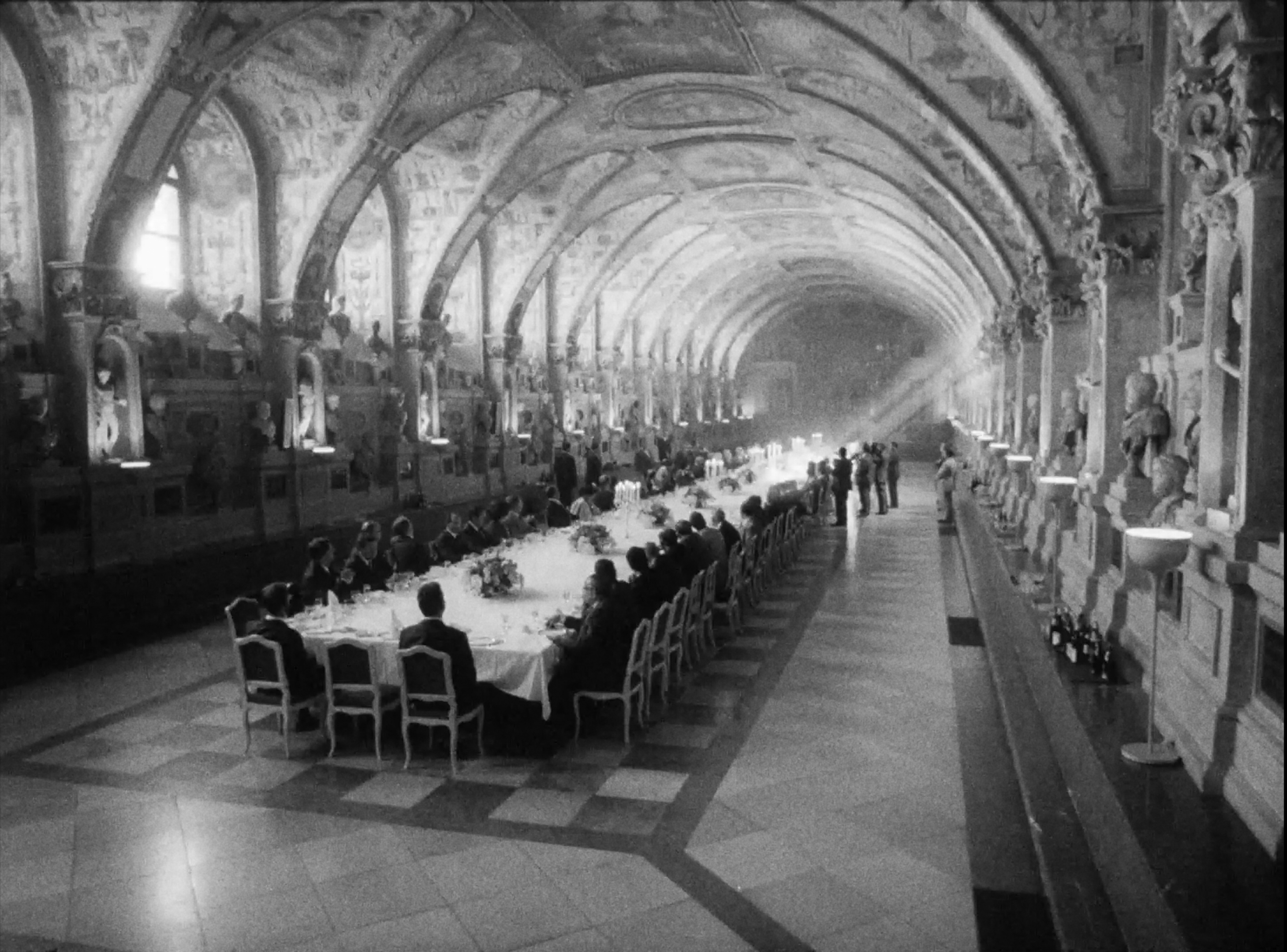
You mentioned that there is now the National Archive of the Dictatorship.
It's a place in Asuncion. They are collecting things from community collectors. Mostly from people who donate from Facebook: “I found this in my old house, I don't know what it is. Maybe you can do something with it.”


